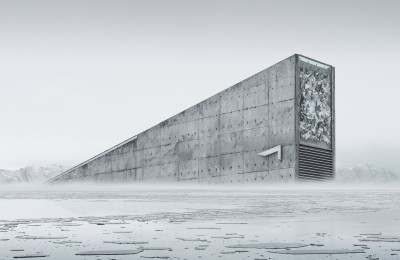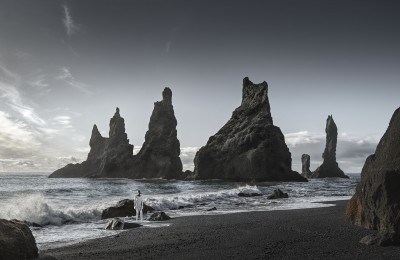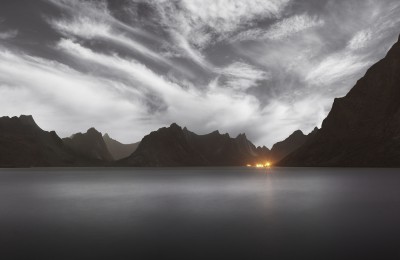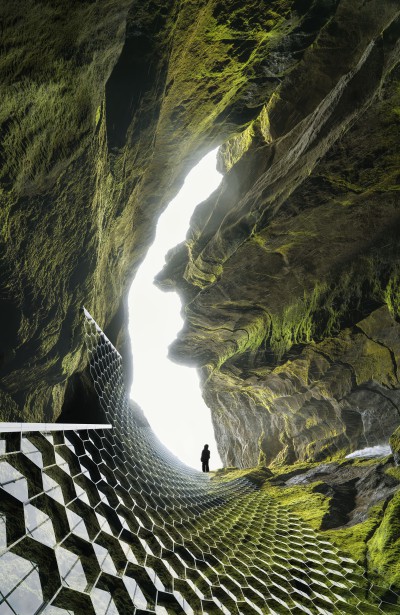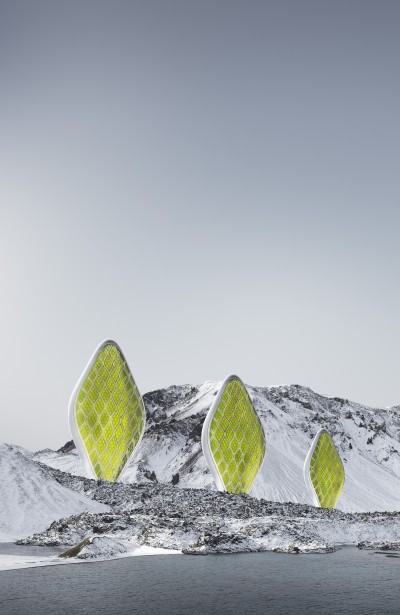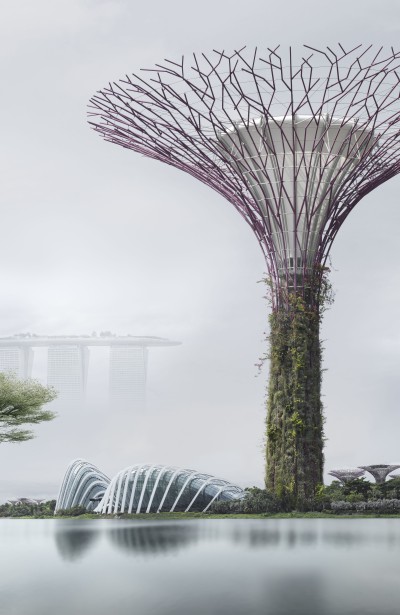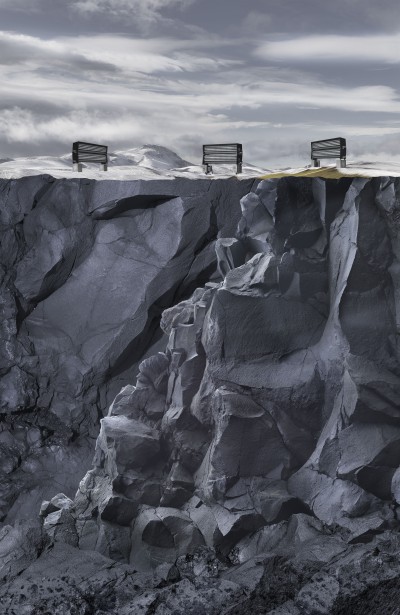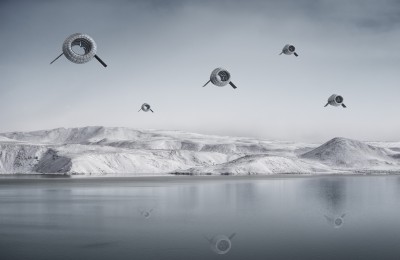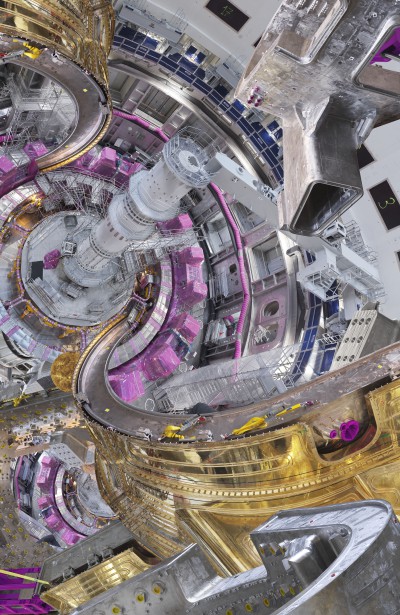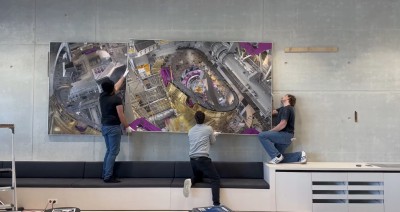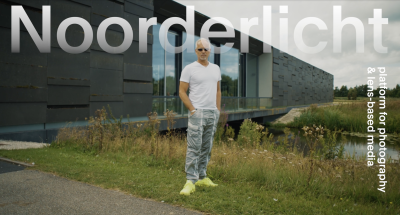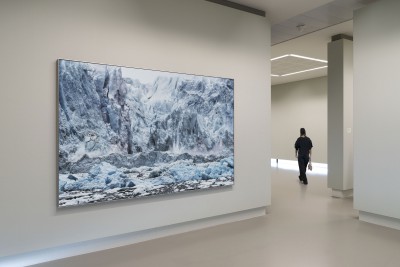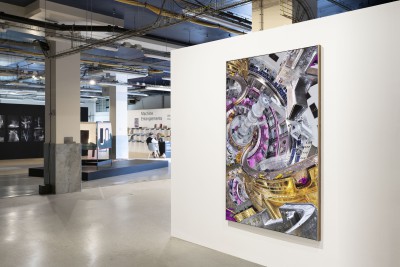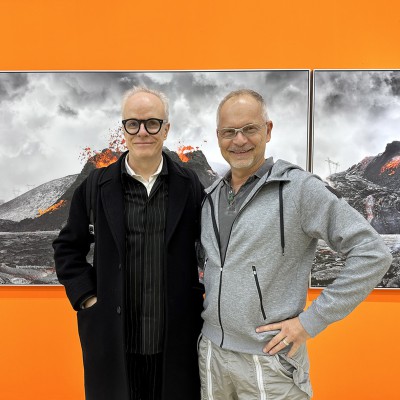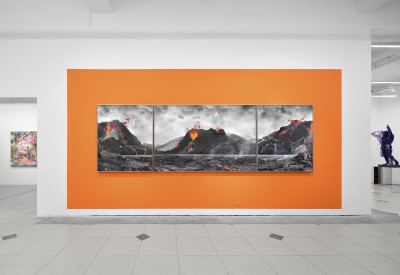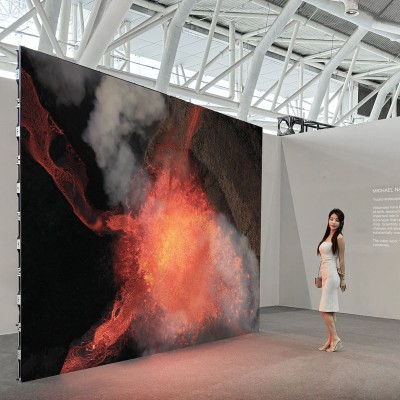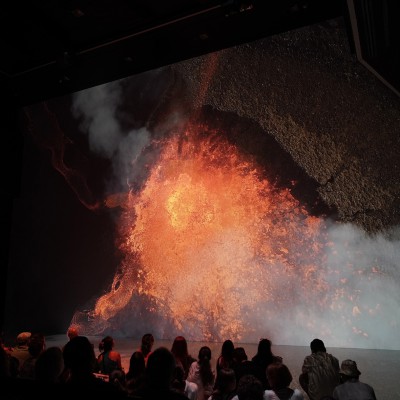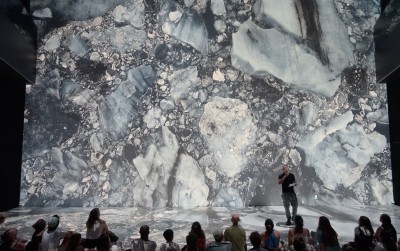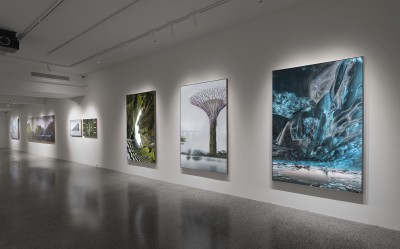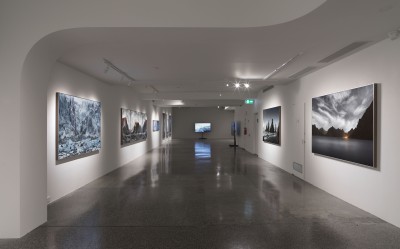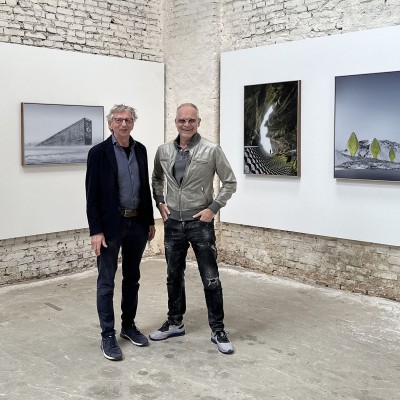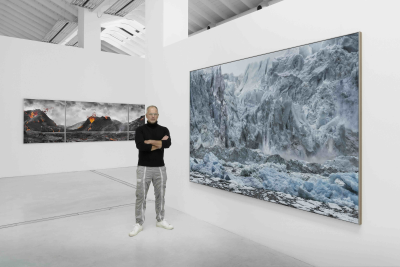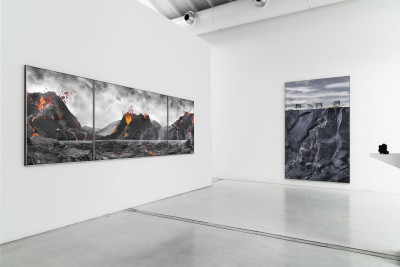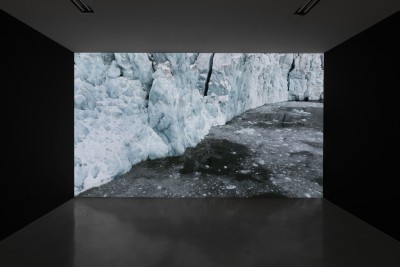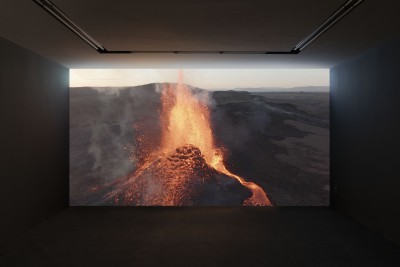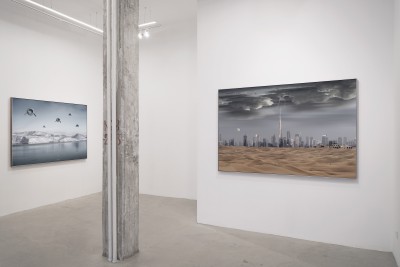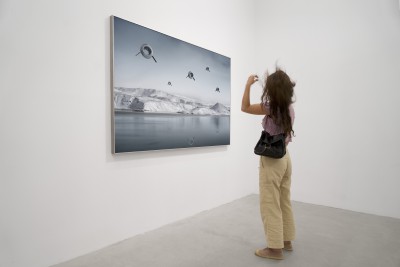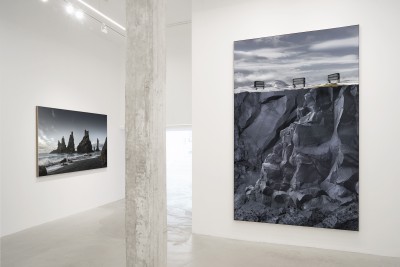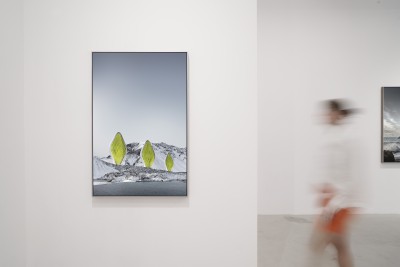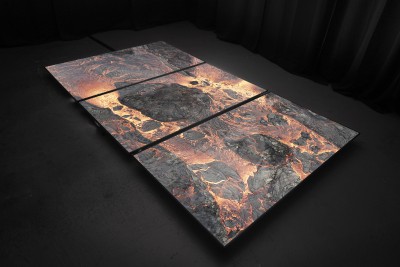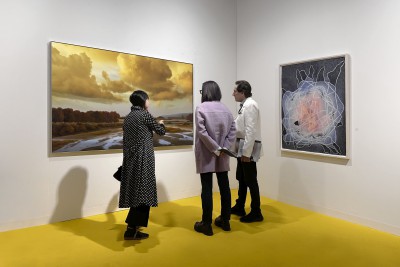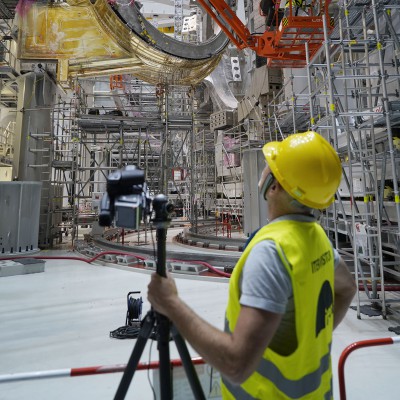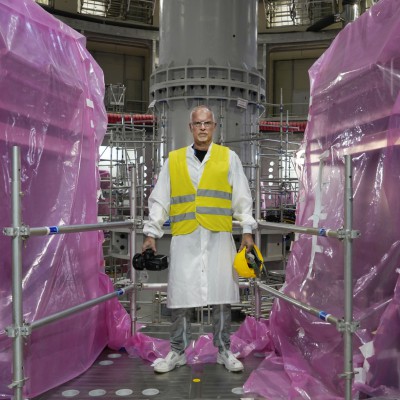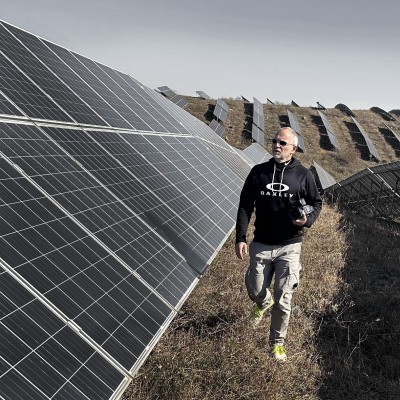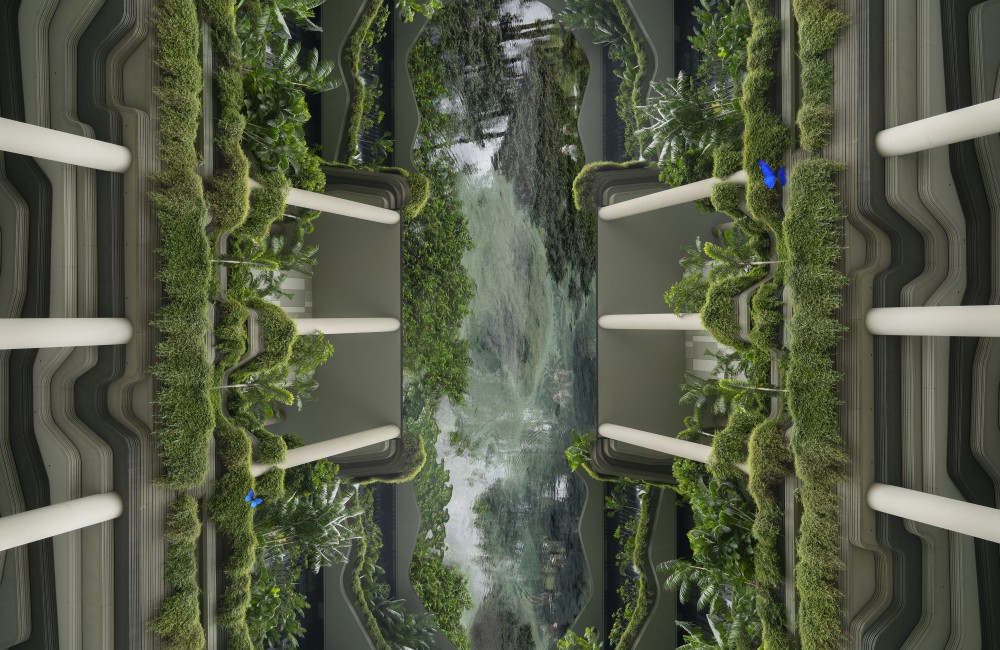
hanging gardens
Format 1: 132 x 202 cm / 52 x 79.5 in, edition of 6 + 2 AP
Format 2: 67 x 102 cm / 26.3 x 40.2 in, edition of 6 + 2 AP
Hybrid photography, archival pigment print, aludibond, diasec, custom-made wood /aluminium frame
In recent times, there’s been a growing interest in rediscovering nature. This is driven by the desire to better integrate nature into our artificial environment to enhance health, well-being, circular economy, and resilience. However, defining “nature” is complex as it’s a vague, elusive, and debated concept. The critical question revolves around conceptualizing nature as an idea since nature itself is a concept, a norm, a memory, a utopia. With our current “natural habitat” largely being the built environment where we spend most of our time, the idea of biophilic design and architecture is gaining significance, aiming to blend nature and architecture for mutual benefit. This pursuit of living with nature has a historical foundation, seen in ancient wonders like the “Hanging Gardens of Babylon,” and reflected in modern architectural feats by Le Corbusier, Mies van der Rohe and Frank Lloyd Wright. The fascination with nature must be seen in the context of human-induced environmental crises. Biophilic architecture aims to contribute to sustainability by overcoming the lack of contact with nature and effectively managing natural resources. Re-establishing this connection with nature is considered one of the most pressing challenges in contemporary urban architecture.
The artwork “hanging gardens” visualizes the concept of biophilic design using images captured by the artist in Singapore, deeply rooted in the vision of creating a sustainable and livable environment within an urban landscape. Singapore’s innovative city development in facing climate change challenges is exemplified. The work showcases an iconic building designed by WOHA Architects, integrating all key elements of a biophilic structure – plants, biodiversity, flowing water, natural materials, and ample sunlight within its spaces. The central perspective composition draws the viewer’s gaze deep into the image, directing it toward the sun at the vanishing point, bouncing back to a biophilic architectural structure. This structure dissolves the traditional boundaries between inside and outside, organic and artificial elements. With its organic and flowing forms, it establishes a symbiotic relationship between the built environment, plants, and nature, evoking a sense of connection with the natural world. As cohabiting with nature becomes imperative in our increasingly dense urban landscapes, the concept of biophilic architecture is immensely significant for the future of our cities.












